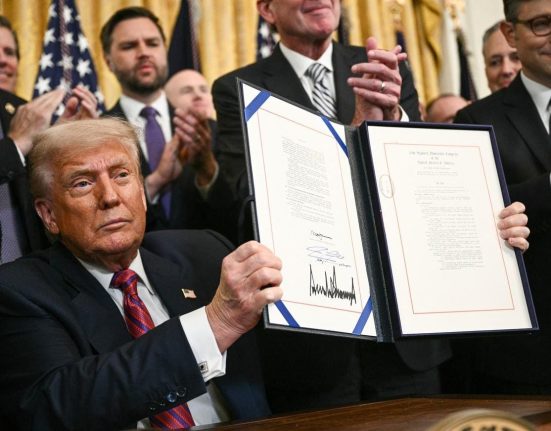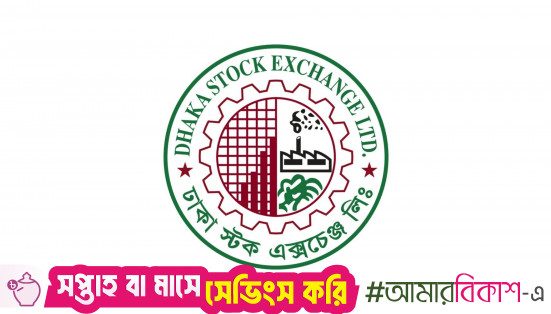Business And Finance Concept Of Passive Income
getty
On August 7th the Trump administration continued its efforts to encourage further adoption and utilization of cryptoassets across the wider financial landscape. The most recent executive order directs the Labor Department to accelerate access to alternative investments in employer-sponsored defined contribution plans, which include 401k’s. With the size of the 401k marketplace at approximately $12 trillion the crypto sector – and especially asset managers that have pivoted to crypto recently – see an attractive opportunity to gain access to a pool of capital that usually operates without too much individual investor oversight. In other words, the very firms that have themselves begun allocating more funds to crypto now have an opportunity to expand the allocation of crypto for investors across the board.
While this executive order does not in any way direct or mandate that 401k providers, or investors, invest in cryptoassets it is seen as opening the door for plan managers to do just that. One aspect of 401k plan investment and plan management is how sticky these investment choices can be. According to a 2025 report by Vanguard, 84% of plan participants (in the U.S.) use target-date funds, with total contributions increasing to 64% from 46% in 2015. Even more telling is that only 1% of investors that utilize target-date funds conducted any trades in 2024, the trend is clear; default asset allocations (including those in target-date funds) have a powerful influence over investors behavior.
Let’s take a look at some of the takeaways that investors and policymakers should keep in mind as this executive order works its way through the marketplace.
Institutional Leadership
One the most important takeaways from the inclusion of bitcoin and other cryptoassets into 401k and other similar plans is the continued embrace of crypto by the TradFi sector. While financial institutions and trading desks have developed and deployed a number of on-chain products and solutions for clients the market still remains relatively small when compared to the total size of USD based trading and investing activities. From a market signal perspective the inclusion of bitcoin and other cryptoassets into retirement planning vehicles – not known for traditionally investing heavily into high risk assets in most cases – could help assuage remaining doubts and questions.
Additionally, and something that has yet to come to market in any significant manner, is the development of a crypto-index or similarly lower volatility/risk instruments that allow investors to track a broader range of the crypto landscape. While the approval of spot ETFs opened the door to a much wider swath of investors to participate in the crypto space the fact remains that for the majority of investors the sector is perceived as more volatile than other alternatives, even if the facts on the ground tell a different story.
Risk Tolerance Versus Volatility
At the same time that lower risk options can and most likely will be developed for inclusion in 401k and 401k – related plans the reality is that crypto remains a volatile marketplace that the majority of retail investors and retirees do not know too much about. While knowledge around bitcoin is increasingly becoming mainstream the factors that influence how bitcoin prices react to headlines and geo-political headlines are not. In addition to the opacity that exists regarding the mechanics of the bitcoin marketplace, other areas of the crypto sector are even more confusing for investing. Staking and decentralized finance, for example, are well known avenues for crypto veterans to generate additional returns, but the institutional adoption and expansion of these options is only just beginning.
In short, even as the inclusion of cryptoassets into more 401k and 401k-adjacent plans can help reassure investors as to the risk of the assets themselves, the breadth and rapidly expanding nature of the sector means that volatility remains a feature, not a bug. Investors will need to – with the help of advisors and other financial professionals – understand the volatility not only associated with bitcoin, but with the fast growing nature of crypto at large.
Timeline Expectation Management
Something that both investors and advisors will need to keep in mind is that an executive order is 1) not as permanent nor as directive as legislative actions, and 2) that it will take time for even firms that embrace the directive to implement the products and services that are desired. Based on current analysis and market forecasts it may be 2026 or later before substantive adjustments are made to retirement plans or recommended allocations. Even as the crypto market continues to be buoyed by positive headlines, improving sentiment, and an increasingly pro-crypto regulatory environment the mass adoption of crypto by 401k plan managers – and demand for adoption by investors – may lag behind.
Crypto may be coming for the 401k market, but investors and policy advocates alike celebrate this forward progress in a measured manner








